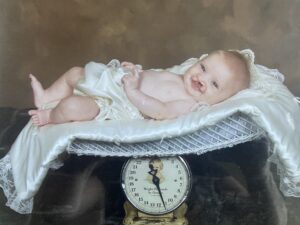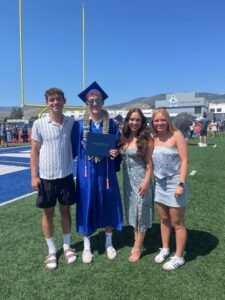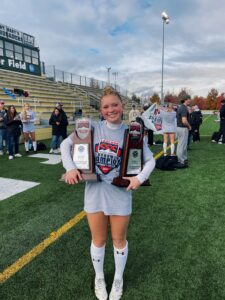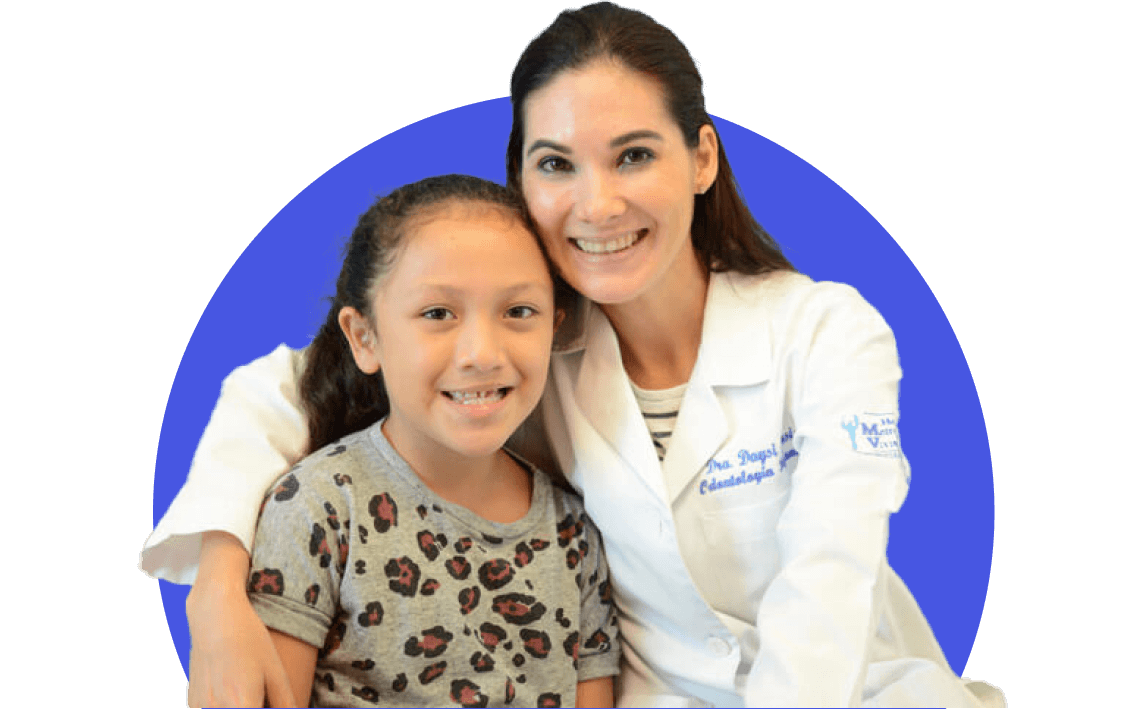Cleft lip and palate have shaped much of Gracie’s life—but not in the way you might expect. For her, the condition has never been a label or a limitation. Instead, it’s been a teacher of resilience, empathy, and gratitude.
 Gracie was born into what many doctors in Northern California and Nevada remember as “the cleft family.” Out of four siblings, three were born with cleft lip and palate—a rare and perplexing occurrence in a family with no prior history. Genetics specialists were left without answers, and yet for Gracie and her two brothers, the bond that formed through shared surgeries, long recoveries, and whispered late-night reassurances became their constant.
Gracie was born into what many doctors in Northern California and Nevada remember as “the cleft family.” Out of four siblings, three were born with cleft lip and palate—a rare and perplexing occurrence in a family with no prior history. Genetics specialists were left without answers, and yet for Gracie and her two brothers, the bond that formed through shared surgeries, long recoveries, and whispered late-night reassurances became their constant.
“There’s something deeply comforting about knowing you’re not alone,” Gracie says. “Growing up, having my brothers with me through it all saved me more times than I can count.”
Together, they endured countless surgeries, check-ups, and stares from strangers. But it was during her most recent procedure—a Lefort I Osteotomy, a major jaw surgery—that Gracie truly learned the depths of her own strength. The surgery took place just five days before Christmas and would become her most grueling recovery yet.
“It was different from the other nine surgeries,” Gracie recalls. “I couldn’t play soccer for three months. I lived on a liquid diet, which sounds simple until you’re watching your whole family enjoy a Christmas feast and all you have is a spoonful of broth.”
Swollen, exhausted, and mentally drained, Gracie found herself in unfamiliar emotional territory. “It wasn’t just about the physical pain. It was about sitting at that table, seeing the joy I couldn’t fully participate in, and having to find peace with that. Healing wasn’t just about my jaw—it was about my spirit, too.”
And yet, every sip of broth, every missed bite of cheesecake, became a symbol of resilience. Slowly but surely, Gracie began to heal—not just in body, but in mind. What she lost in comfort, she gained in clarity.
 Today, Gracie is a college student, and while she continues to forge her own path, her family has felt the impact of support from the cleft community in many ways. Her brother was a recipient of the Randall/LaRossa College Scholarship awarded by ACPA—a meaningful help during a critical time. The scholarship didn’t just offer financial assistance; it was a reminder that their family’s journey was seen and valued. For Gracie, witnessing that support reaffirmed the importance of community and the strength found in shared experiences. Now, as she continues her education, Gracie hopes to receive the scholarship as well—not only to ease the financial burden, but as a recognition of the resilience and hope that have shaped her journey.
Today, Gracie is a college student, and while she continues to forge her own path, her family has felt the impact of support from the cleft community in many ways. Her brother was a recipient of the Randall/LaRossa College Scholarship awarded by ACPA—a meaningful help during a critical time. The scholarship didn’t just offer financial assistance; it was a reminder that their family’s journey was seen and valued. For Gracie, witnessing that support reaffirmed the importance of community and the strength found in shared experiences. Now, as she continues her education, Gracie hopes to receive the scholarship as well—not only to ease the financial burden, but as a recognition of the resilience and hope that have shaped her journey.
“Cleft lip and palate have been one of the biggest challenges in my life,” she says. “But they’ve also shaped who I am. I try not to let it define me—but I’m grateful for the strength it’s given me.”
Gracie’s story is just one of many, but her voice echoes the experiences of thousands of children and families impacted by cleft and craniofacial conditions. Donations to ACPA make stories like Gracie’s possible—by funding critical research, connecting families to expert care, and providing life-changing scholarships that help young people pursue their dreams.
When you give to ACPA, you’re not just supporting medical treatment—you’re supporting healing, education, and a future filled with potential.
Because behind every surgery is a story. Behind every scar is a strength. And behind every gift is hope.



